The Psychology of Greek Revival
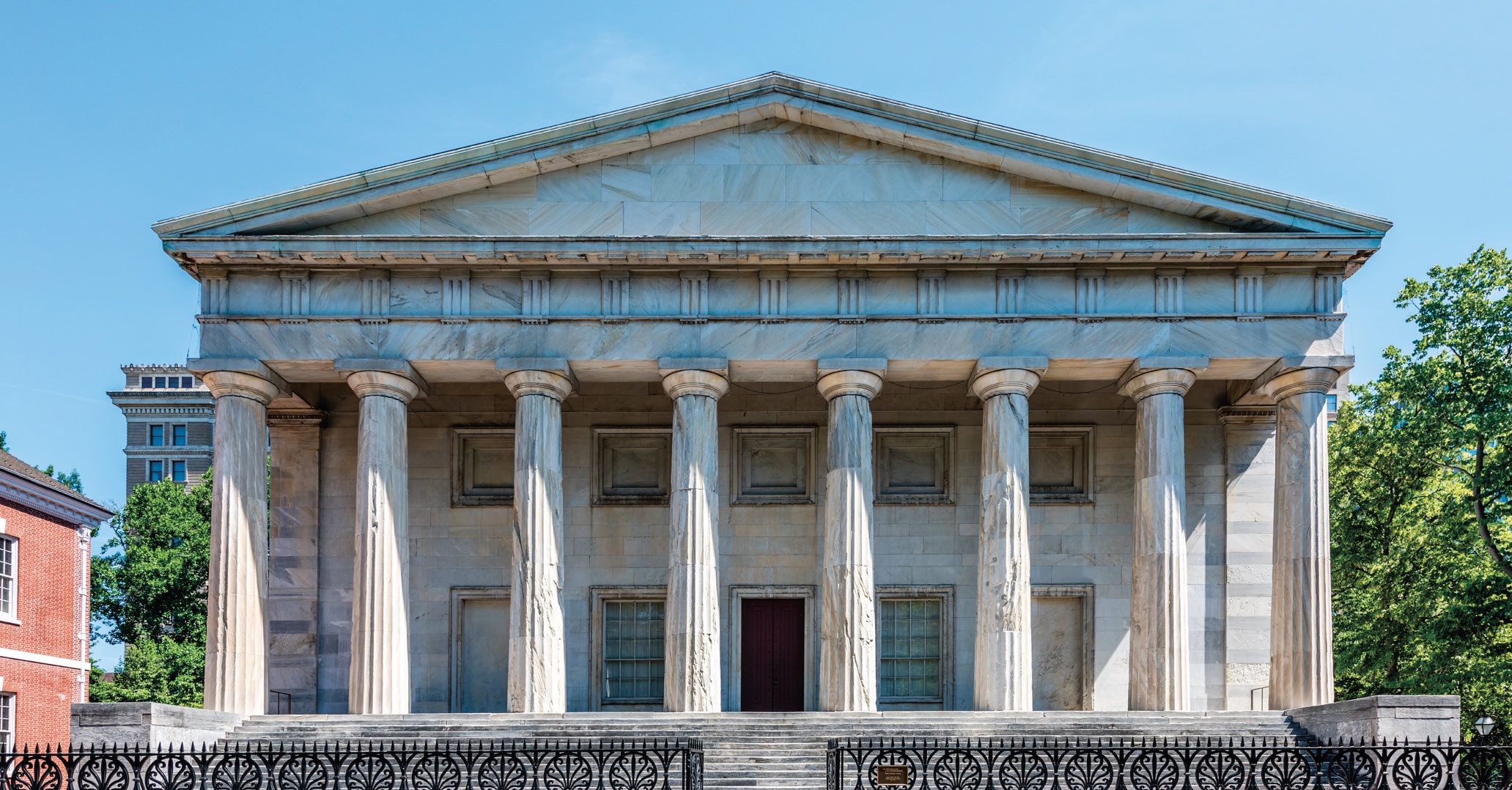
What is Greek Revival?
Greek Revival architecture, flourishing in the United States from about 1825 to 1860, represents a significant chapter in American architectural history. This style, characterized by its imposing columns and pediments, drew inspiration from ancient Greek temples, embodying the young nation’s aspirations for democracy and cultural refinement. In this comprehensive exploration, we’ll delve into the origins, characteristics, and psychological underpinnings of Greek Revival architecture, examining its role in shaping American identity and its enduring influence.
Historical Context and Key Characteristics
Greek Revival architecture emerged during a period of growing national confidence in America. The style was popularized partly due to archaeological discoveries in Greece and a romanticized view of ancient Greek democracy. Key characteristics include:
- Prominent columns, often of the Doric, Ionic, or Corinthian order
- Low-pitched pediment roof
- Symmetrical shape
- Heavy entablature
- Painted white to resemble marble Greek temples
- Elaborate door surrounds
- Large windows
Cultural Context
The rise of Greek Revival architecture in the United States coincided with a period of significant cultural and political change. The young nation was seeking to establish its own identity, distinct from its European roots, while also asserting its place among the great civilizations of the world. The adoption of Greek Revival architecture reflected these aspirations, as the style was associated with the ideals of democracy, learning, and cultural refinement that Americans sought to emulate.
Technological Advances
While Greek Revival architecture sought to emulate the forms and proportions of ancient Greek temples, it also benefited from technological advances of the early 19th century. The development of new building materials, such as cast iron and sheet metal, allowed for the creation of more elaborate and ornate structures. Improvements in transportation and communication also made it easier for architects and builders to access information about Greek architecture and to share ideas and designs across the country.
Political Landscape
The political landscape of the early 19th century was marked by a growing sense of national pride and a desire to assert America’s place on the world stage. The Greek Revival style was seen as a way to associate the young republic with the ideals of ancient Greek democracy, which were highly admired by many Americans. The style was also favored by many political leaders, who saw it as a way to project an image of stability, permanence, and cultural sophistication.
Key Innovators
Several influential architects and designers were at the forefront of the Greek Revival movement in the United States, including:
Benjamin Henry Latrobe: British-born architect who is often credited with introducing the Greek Revival style to the United States, known for his design of the Bank of Pennsylvania in Philadelphia.
William Strickland: American architect who designed several important Greek Revival buildings, including the Second Bank of the United States in Philadelphia and the Tennessee State Capitol in Nashville.
Thomas U. Walter: American architect who designed the dome of the United States Capitol in Washington, D.C., as well as several other notable Greek Revival buildings.
Robert Mills: American architect who designed the Washington Monument and several other Greek Revival buildings, including the Treasury Building in Washington, D.C.
Related Architectural Styles
Greek Revival architecture is closely related to and often overlaps with other architectural styles of the early 19th century, including:
Federal Architecture: A style that preceded Greek Revival, characterized by simple, geometric forms and classical details.
Neoclassical Architecture: A broad term encompassing various styles inspired by classical Greek and Roman architecture, including Greek Revival.
Egyptian Revival: A style that emerged alongside Greek Revival, drawing inspiration from ancient Egyptian architecture and symbolism.
Dialectical Materialist Perspective
From a dialectical materialist viewpoint, Greek Revival architecture represents a synthesis of American democratic ideals and European classical traditions. This style emerged from:
- Economic growth allowing for grand public and private buildings
- Technological advancements in building materials and techniques
- Political desire to associate the young republic with ancient democracies
- Cultural tension between European heritage and distinctly American identity
The style emerged from the contradiction between the desire for a unique American identity and the admiration for European cultural traditions. It embodied the tension between the pursuit of democratic ideals and the realities of social and economic inequality.
Jungian Depth Psychology Analysis
Through a Jungian lens, Greek Revival architecture embodies several archetypes:
- The Hero: Representing America’s self-perception as a new defender of democracy
- The Great Mother: The imposing structures symbolizing protection and nurture of democratic ideals
- The Wise Old Man: Ancient Greek wisdom providing legitimacy to the young nation
The adoption of Greek Revival architecture can be seen as an expression of the collective American psyche, reflecting the nation’s heroic self-image and its desire for cultural legitimacy. The imposing, temple-like structures can be interpreted as manifestations of the Great Mother archetype, representing the nurturing and protective qualities of the new republic. The association with ancient Greek wisdom and learning reflects the Wise Old Man archetype, representing the pursuit of knowledge and truth.
Ego Perspective: Assertions and Insecurities
Greek Revival architecture served to:
- Assert America’s place among great civilizations
- Project an image of stability and permanence
- Claim cultural sophistication equal to European nations
Simultaneously, it revealed insecurities about:
- The fragility of the new democratic experiment
- Cultural inferiority compared to older nations
- The need for historical legitimacy
The adoption of Greek Revival architecture can be seen as an assertion of America’s cultural and political identity, as well as a projection of its aspirations for greatness. However, the style also revealed underlying insecurities about the nation’s youth and inexperience, as well as anxieties about its cultural and historical legitimacy.
Lasting Influence, Criticisms, and Modern Context
Greek Revival continues to influence American architecture, particularly in governmental and educational buildings. The style has been praised for its grandeur, simplicity, and association with democratic ideals. However, it has also been criticized for its sometimes formulaic or derivative qualities, as well as for its association with slavery and other forms of social inequality.
In the modern context, Greek Revival architecture remains a powerful symbol of American identity and aspirations. The style’s enduring appeal lies in its association with democracy, learning, and cultural refinement, as well as its ability to convey a sense of permanence and stability. At the same time, the social and political implications of the style continue to be debated, as architects and historians grapple with issues of cultural appropriation, historical accuracy, and the role of architecture in shaping national identity.
Bibliography and Further Reading
- Hamlin, T. (1944). Greek Revival Architecture in America. Oxford University Press.
- Kennedy, R. G. (1989). Greek Revival America. Stewart, Tabori & Chang.
- McAlester, V., & McAlester, L. (1984). A Field Guide to American Houses. Alfred A. Knopf.
- Roth, L. M. (1979). A Concise History of American Architecture. Harper & Row.
- Stillman, D. (1988). The Decorative Work of Robert Adam. Rizzoli.
- Summerson, J. (1963). The Classical Language of Architecture. Methuen.
- Whiffen, M. (1996). American Architecture Since 1780: A Guide to the Styles. MIT Press.
- Wilton-Ely, J. (1978). The Mind and Art of Giovanni Battista Piranesi. Thames and Hudson.
This in-depth exploration of the Psychology of Greek Revival Architecture provides a comprehensive analysis of the style’s historical context, key characteristics, cultural significance, technological influences, political backdrop, key innovators, related styles, and enduring legacy. By examining the style through the lenses of dialectical materialism, Jungian psychology, and ego psychology, this article offers insights into the complex interplay of social, economic, and psychological forces that shaped this influential movement and its lasting impact on American architecture and identity. The bibliography and further reading list provide a wealth of resources for those interested in further exploring the fascinating world of Greek Revival Architecture.
Read about the Psychology of Other Styles of Architecture
The Psychology of Architecture
The Psychology of Architecture


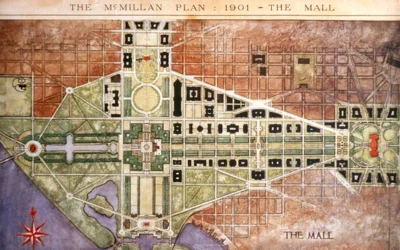









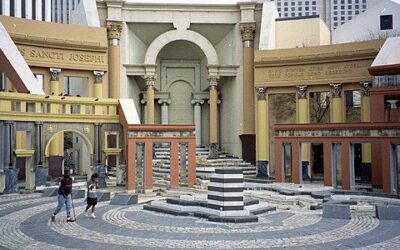


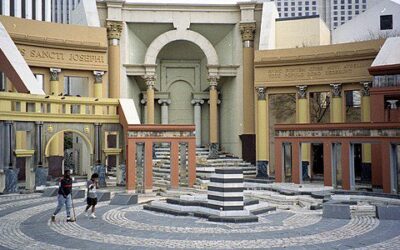
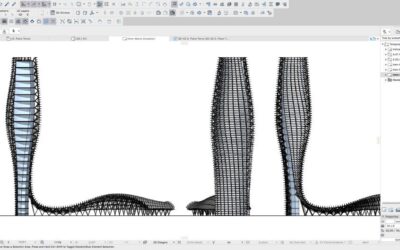
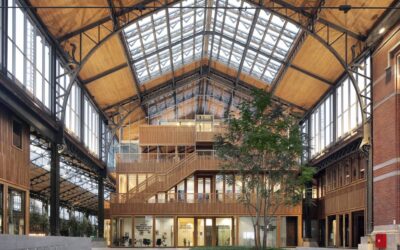


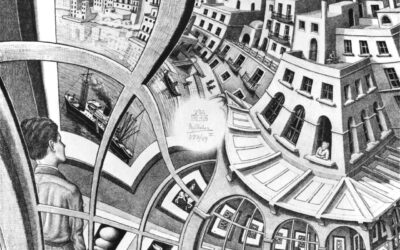

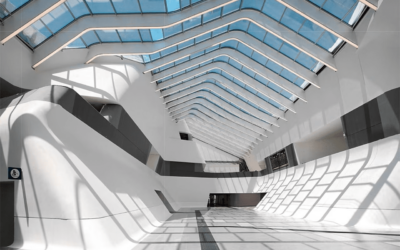

0 Comments